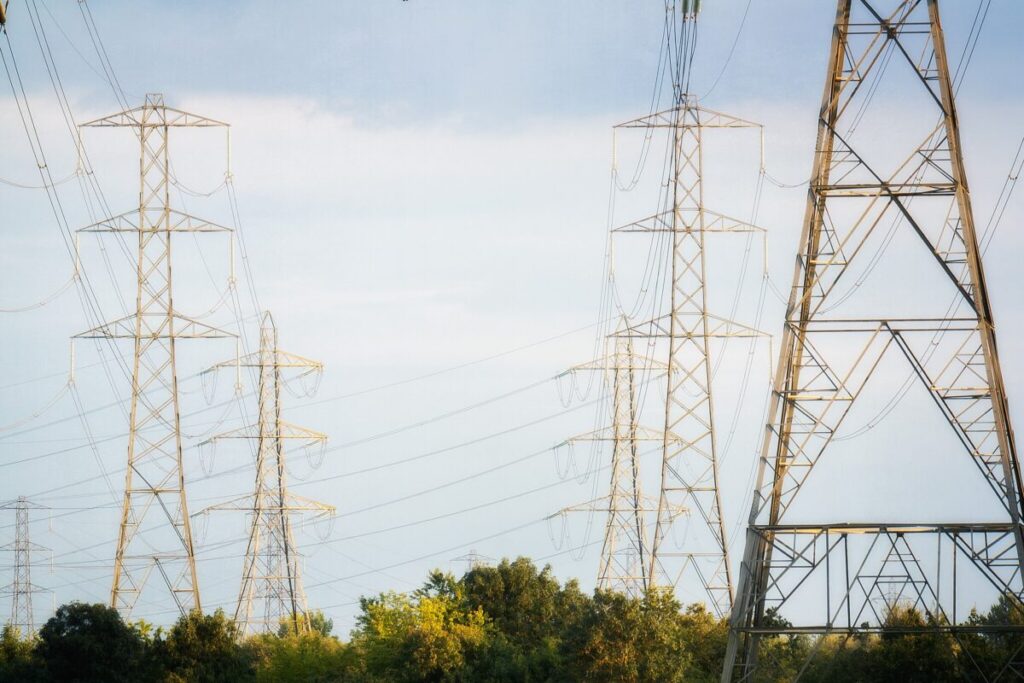Transmission -infrastructure building essential to curb the rising costs between the electricity grid of Great Britain, according to the operator of the electricity system. New report shows that thermal restrictions were the most important motivation of increased balance costs, with planned malfunctions in Scotland that turned with high wind.
It cost GBP 2.7 billion ($ 3.7 billion) to balance the electricity grid of Great Britain in the financial year 2024-25, an increase of 10% at 2023-24 according to the National Energy System Operator (NESO).
New analysis by Neso showed that increased thermal limitations were the most important motivation of higher costs, good for GBP 1.7 billion of the total. The volumes of thermal limitations rose year after year by 81%, to 13.5 TWH, which resulted in a cost increase of 64%. The absolute volume of balance actions for the year increased by 17%, from 27.8 TWH in April 2023 to March 2024 to 32.6 TWH for the same period in 2024-25.
Higher thermal construction costs were the result of increased scheduling congestion, according to Neso, which was partly linked to planned malfunctions in Scotland to coincide upgrading work with large quantities of windmaking. Noord -Schandland is the most limited region on the Net van Groot -Britain as a result of incorrect alignment between installed wind capacity and relatively low local electricity demand.
On currents trends, the costs of balance between Great Britain in 2030 will worry a peak of approximately GBP 8 billion a year, unless upgrades for schedule infrastructure are accelerated. Neso has claimed that savings of a maximum of GBP 4 billion can be delivered if network projects are put forward and delays for the expansion of electricity network are avoided.
The newest Neso report on Grid -Balancing comes when the British government is under banning a major change in the structure of the wholesale market of Great Britain. Electricity in Britain is sold through a national wholesal market for England, Scotland and Wales, while the electricity market of Noord -Ireland is integrated with Ireland.
The government is expected to soon decide on whether a new zonal price approach should be followed, which proponents would claim to lead to lower balance costs. Critics claim that accepting zonal prices would increase the capital costs for the development of new solar and wind projects, which are needed to achieve the goals of the 2030 clean energy goals of the British government.
Neso has identified Networkbuild -out as the “most impactful” way to reduce balance costs in the long term, but warned that this requires further planned outages, resulting in more thermal restrictions in the short term. The operator of the transmission system also noted that market reforms such as Zonal Prices “can have a significant influence on balancing costs”. The grid operator emphasized increasing flexibility of batteries, demand response and interconnectors as a potential to further reduce costs.
Where new solar and wind plants are being built, according to Neso, it will also be important in determining future balance costs, and the operator of the electricity system is expected to publish his Strategic Spatial Energy Plan (SSEP) in 2026. The plan will offer a blueprint for the development of large -scale generation and energy storage. Projects that connect with the SSEP are expected to have an easier time to secure permission from the planning and grid connections.
Despite the rising costs, Neso emphasized how recent actions have limited the balance costs, including the growing role of battery energy storage systems (BESS) when balancing the grid.
The British BESS fleet imported 506 GWH and exported 537 GWH of electricity via the market for balancing mechanism during the 2024-25 financial year, according to Neso data. Neso also outlined GBP 324 million savings through its network services projects, as well as GBP 724 million savings by trading actions and GBP 122 million savings achieved by reducing the system requirements.
This content is protected by copyright and may not be reused. If you want to work with us and reuse part of our content, please contact: editors@pv-magazine.com.

